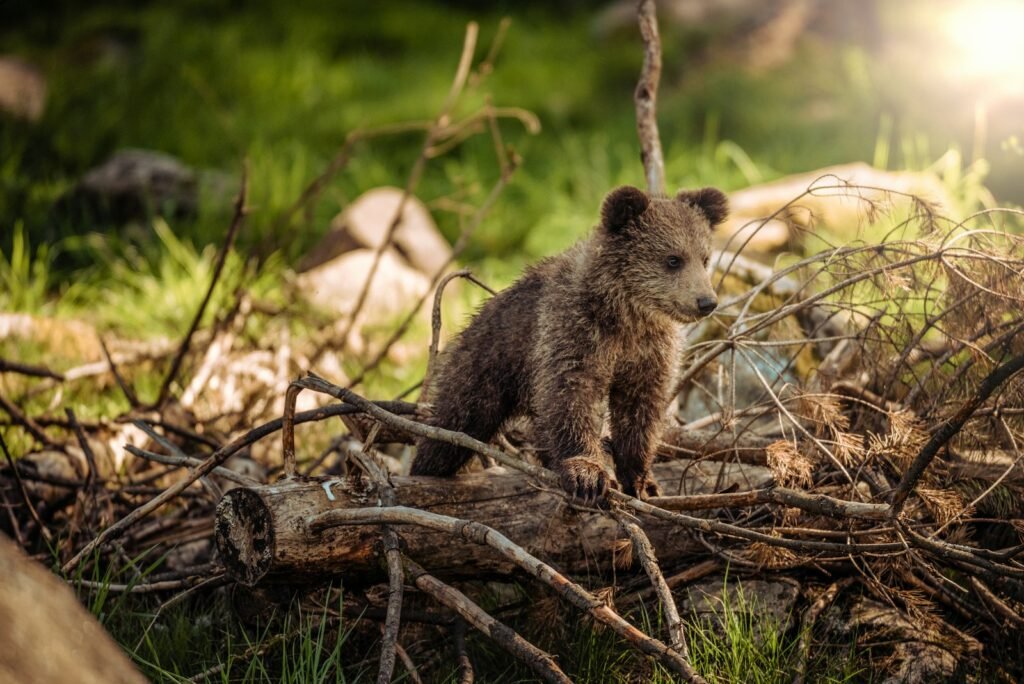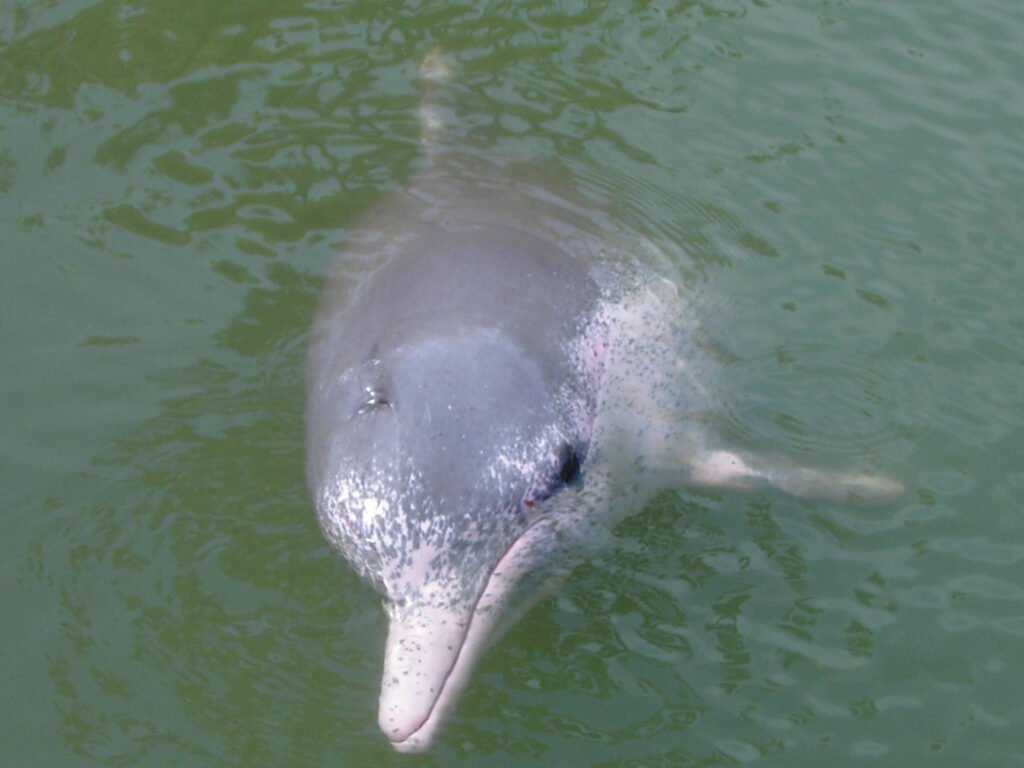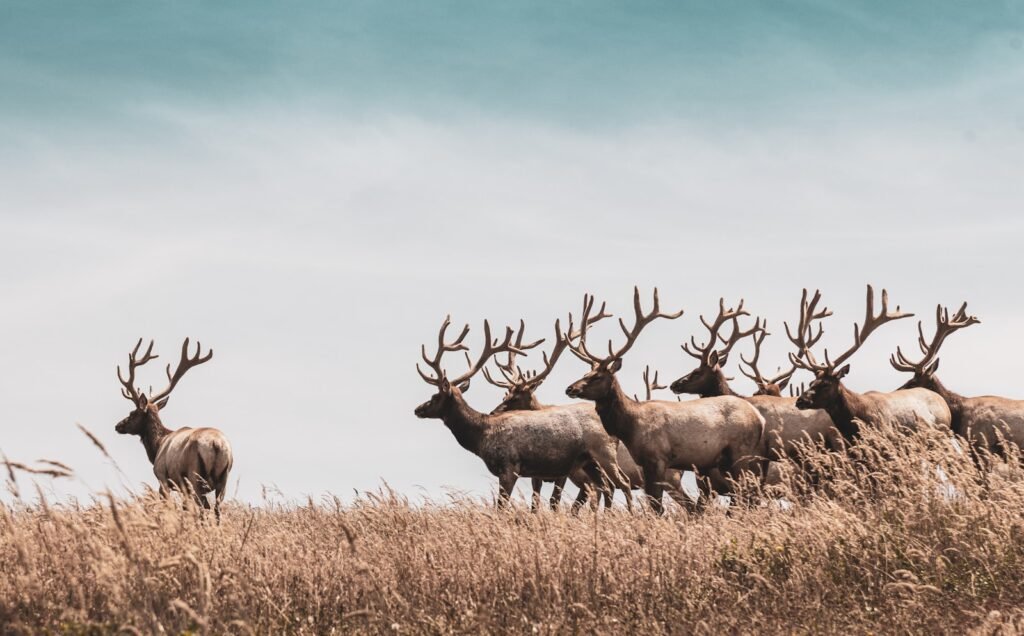Every zodiac sign gets a mascot, but few deserve one as fiercely as Sagittarius. Restless, questing, and forever pushing past the next horizon, this sign needs an animal that doesn’t just roam – it investigates. Scientists have a surprising candidate lurking in the world’s tidepools and reefs: the octopus, a shape-shifting explorer with a mind wired for discovery. Its curiosity isn’t a poetic flourish; it’s measurable in experiments, visible in deft problem‑solving, and audible in the rasp of suckers testing the unknown. Pairing Sagittarius with an octopus doesn’t rewrite astronomy; it reframes how we think about curiosity itself – something wild, practical, and powerful.
The Hidden Clues

Watch an octopus in a new tank and you’ll see restless reconnaissance in motion: arms tasting textures, eyes tracking edges, mantle pulsing with quick, intent breaths. What looks like showmanship is closer to surveying, a rapid mapping of escape routes and opportunities. The animal’s color shifts are not only camouflage but also signals of internal state, flickering patterns that accompany inspection, approach, and retreat.
In aquariums and research labs, individuals investigate toys, shells, and tubes with the brisk focus of a field scientist on deadline. I once saw one test a camera lens, then return to a puzzle box as if it had added “glass, harmless” to an internal checklist. Curiosity here is not dreamy; it is tactical, like a mountaineer reading the next pitch before committing a handhold.
From Ancient Tools to Modern Science

Humans have marveled at octopuses since the first sailors sketched their coiling arms into myths and pottery, but modern tools finally let us quantify the awe. Controlled trials show that octopuses can learn mazes, unscrew jars, and even remember which container once hid a reward. High‑speed cameras reveal camouflaging in blinks of time, while pressure sensors on artificial reefs record nightly patrols that look remarkably like neighborhood beat checks.
Genetic and neurobiological studies add depth: cephalopods display widespread RNA editing and a nervous system distributed through the arms, a design that would startle most vertebrate textbooks. Each method – behavioral, biomechanical, genetic – triangulates the same truth. This is a mind built not for habit, but for adaptation on the fly.
The Octopus as Sagittarius’ Twin

If Sagittarius had a dive buddy, it would be this eight‑armed scout with a passport full of tide lines. The sign’s symbol is an archer aiming beyond the visible, and the octopus mirrors that trajectory by probing into crevices, testing tools, and slipping through impossibly tight thresholds. Both thrive on novelty, yet neither is reckless; there’s calculation in the leap and precision in the landing. The octopus’s body reads like a travel kit – flexible, self‑contained, and ready for whatever the sea throws at it. In shallow lagoons, a coconut shell becomes a carry‑on shelter; in a rocky cove, a mosaic of scavenged stones forms a quick barricade. Sagittarius chases horizons; the octopus builds them, piece by curious piece.
The Science of Curiosity

Researchers study octopus curiosity with standardized tasks that feel almost like brain teasers: opaque boxes with hidden latches, gradients of complexity, and objects that smell unfamiliar. Individuals approach, retreat, and re‑approach in sequences that suggest a balancing act between boldness and caution, a hallmark of exploratory intelligence. Many hundreds of millions of neurons orchestrate this dance, with roughly about two thirds located not in the head but along the arms, giving each limb semi‑autonomy for local decisions.
That distributed design allows parallel “thinking,” so one arm inspects a passage while another samples a shell and a third holds a tool in reserve. Enrichment studies show performance improves with practice, implying a feedback loop where curiosity trains competence and competence fuels further curiosity. It’s a recipe for discovery that resonates far beyond the tidepool.
Why It Matters

We have long measured intelligence through mirrors crafted for mammals and primates, yet the octopus asks us to widen the frame. Instead of a brain-as-central-command model, it runs a networked system where decision‑making is partly delegated to the periphery – an architecture that challenges our assumptions about problem‑solving. Compared with traditional lab species, octopuses force scientists to design tests that respect novelty seeking, tactile exploration, and rapid camouflaging as parts of cognition, not distractions from it.
That shift matters for fields from neuroscience to AI, where flexibility and context‑sensitive control are the new gold standards. It also matters for ethics: an animal that explores, remembers, and plans warrants protections that keep pace with the evidence. The point isn’t to rank species on a single ladder, but to rewrite the ladder into a forest of paths.
Global Perspectives

Octopuses inhabit tropical reefs, temperate kelp forests, polar shelves, and urban harbors, adjusting behaviors with the pragmatism of seasoned travelers. In some coastal communities, small‑scale fisheries depend on seasonal octopus harvests, pairing local knowledge of tides and dens with modern catch limits. Marine parks see a different relationship, where ecotourism and education programs introduce visitors to a sentient neighbor rather than a curiosity behind glass.
Debates over industrial farming proposals bring a global ethics conversation to the surface, weighing animal welfare, research needs, and food security in a warming world. Climate change adds urgency, nudging temperatures and oxygen levels in ways that can stress delicate early life stages even as short life cycles offer potential resilience. The choices we make – policy, practice, and purchasing – will set the tone for this relationship over the next decade.
The Future Landscape

Soft robots modeled on octopus arms are already gripping fragile fruit, sampling corals, and maneuvering through cluttered wrecks where propellers would fail. Engineers borrow the animal’s recipe – distributed control, compliant materials, and suction‑based grasping – to build machines that explore without bulldozing their surroundings. On the biology front, new sensors and machine‑learning tools are decoding color‑pattern “language” during exploration, linking specific displays to context and intent.
Advances in noninvasive neural recording could illuminate how arm‑based decision‑making scales to whole‑body strategies in the wild, not just in tanks. Meanwhile, conservation tech is shifting from static reserves to adaptive management, using real‑time ocean data to identify safe corridors for breeding and migration. The same curiosity that drives the octopus may soon guide our technology, if we’re brave enough to design for nuance rather than brute force.
Conclusion

Start small and tangible: choose reef‑safe sunscreens, reduce single‑use plastics that drift into dens, and support community‑led marine protections in places you care about. Seek out aquariums and field programs that emphasize welfare and science, and back research groups working on noninvasive monitoring, habitat restoration, and open data. When buying seafood, look for sources that prioritize selective gear and seasonal limits, and stay informed about the ethics of proposed intensive farming.
Share stories that honor octopuses as inquisitive neighbors, not props, and encourage curiosity at home with tidepool walks, field guides, and citizen‑science apps. Most of all, keep the Sagittarian spirit alive: ask better questions about the oceans, then follow where the answers lead, even when the path bends under the waves.

Suhail Ahmed is a passionate digital professional and nature enthusiast with over 8 years of experience in content strategy, SEO, web development, and digital operations. Alongside his freelance journey, Suhail actively contributes to nature and wildlife platforms like Discover Wildlife, where he channels his curiosity for the planet into engaging, educational storytelling.
With a strong background in managing digital ecosystems — from ecommerce stores and WordPress websites to social media and automation — Suhail merges technical precision with creative insight. His content reflects a rare balance: SEO-friendly yet deeply human, data-informed yet emotionally resonant.
Driven by a love for discovery and storytelling, Suhail believes in using digital platforms to amplify causes that matter — especially those protecting Earth’s biodiversity and inspiring sustainable living. Whether he’s managing online projects or crafting wildlife content, his goal remains the same: to inform, inspire, and leave a positive digital footprint.




